No headings found
Why Trust Gadgetbyte?
At Gadgetbyte, we invest substantial hours into rigorously testing each product or service we review, guaranteeing that you make informed purchases. Learn more about our testing process.
Review Overview
Design and Build
8/10
Display
8/10
Performance
6.5/10
Back Camera
6.5/10
Front Camera
7.5/10
Software and UI
6.5/10
Battery and Charging
9/10
Value for Money
7/10
The Redmi Note 13 Pro 4G boots on MIUI 14 instead of HyperOS and doesn't bring much to the table when compared to last year's smash hit Note 12 Pro 5G. Infact, the Helio G99 Ultra and Plastic back are more of a downgrade this time. That being said, the 120Hz AMOLED panel with minimum bezels, stereo speaker and 67W charging are the positive sides here.
Redmi Note 13 Pro 4G Specifications
- Design: Flat design with Polycarbonate Back, IP54 rated
- Dimensions: 161.15 mm x 74.24 mm x 7.98 mm
- Weight: 188 grams
- Display: 6.67” AMOLED Panel, 120Hz refresh rate, 1300 nits peak brightness, 10-bit color depth, 100% DCI-P3 color gamut, 1920Hz PWM dimming, Corning Gorilla Glass 5 protection
- Resolution: FHD+ (1,080 x 2,400)
- Chipset: Octa-core MediaTek Helio G99 Ultra (6nm)
- RAM: 8GB or 12GB LPDDR4x
- ROM: 256GB or 512GB UFS 2.2
- UI & OS: MIUI 14 based on Android 13
- Rear Camera: Triple Camera (200MP OIS Primary + 8MP Ultrawide + 2MP Macro)
- Front Camera: 16MP Camera (Centre-aligned hole-punch cutout)
- Security: In-display fingerprint sensor, AI Face Unlock
- Sensors: Proximity, Ambient Light, Accelerometer, Electronic Compass, IR blaster, Gyroscope
- Navigation: GPS, BeiDou, Galileo, GLONASS
- Battery: 5,000 mAh cell with 67W fast charging
- Connectivity: Dual SIM, 4G LTE, WiFi 5, Bluetooth v5.2, NFC (Region-specific), USB Type-C, 3.5mm headphone jack
- Color Options: Midnight Black, Forest Green, Lavender Purple
- Check the full specs of the Redmi Note 13 Pro+ HERE!
- Buy Redmi Note 13 Pro 4G HERE!
Redmi Note 13 Pro 4G Review
Design and Build
Firstly, let's start with the design itself. The Lavender Purple color option I have over here looks quite attractive. Redmi has trimmed the bezels on the front, because of which the display looks uniform. Meanwhile, the back panel here is not glass or anything, but you'll have to make do with “Glastic” — which is basically plastic. However, it does not look cheap and feels pretty nice.
Display
Moving on to the display, you get a 6.67-inch AMOLED panel with the segment's usual 120Hz refresh rate. Additionally, you get a TÜV Rheinland's Low Blue Light, Circadian Friendly, and Flicker-free certifications. Sadly, this time around you don't get HDR+ and Dolby Vision support which was available on the Redmi Note Pro 5G from last year. You even get this feature on the Redmi Note 13 Pro 5G, but not here!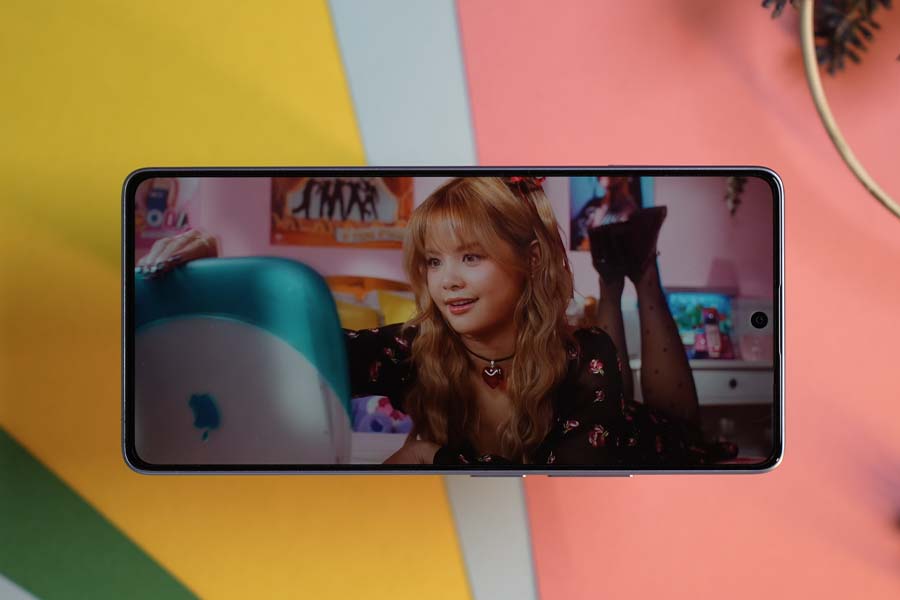
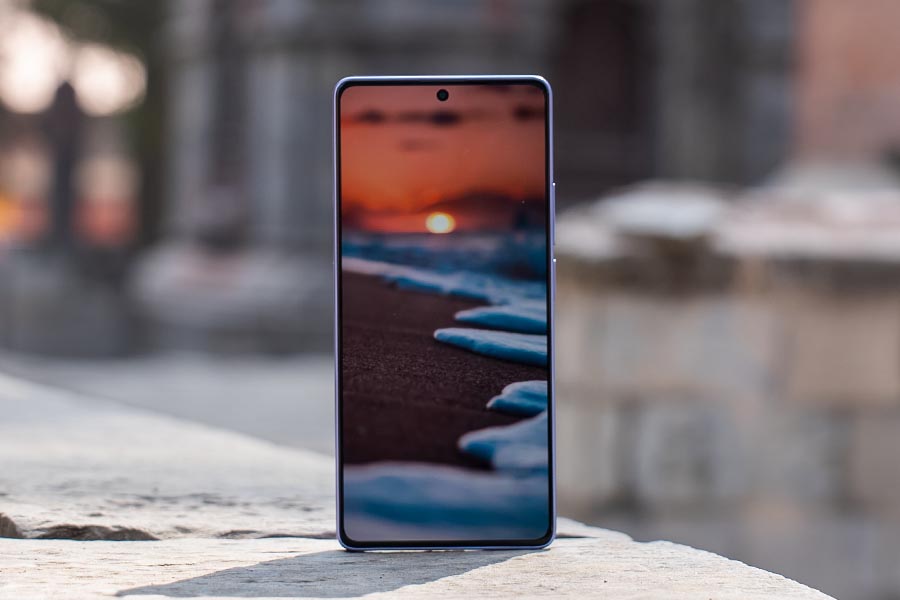
Performance
Now let's put aside the talks about the display, and talk about the thing I don't like about this phone i.e. its processor. Here you get MediaTek's Helio G99 “Ultra”, which is already two years old at this point. Moreover, you get this chip in Poco (Xiaomi subbrand) phones that cost you around NPR 20,499, specifically in the M3 Pro. Additionally, you also get this very silicon in the Tecno Pova 5, and Camon 20 that is priced under NPR 25,000. Well, the fact that it'll be some time before the 5G network is fully implemented in Nepal is there, but a 5G chip is a must in 2024! This is because semiconductor manufacturers have stopped making new 4G chipsets. And for 40,000 Xiaomi should have given a better processor. For context, even if we compare this chipset with MediaTek Dimensity 1080, which was featured in last year's Redmi Note 12 Pro 5G — it doesn't fare very well. And looking at the performance of the Snapdragon 7s Gen 2 that comes in the Note 13's 5G variant is miles ahead. Let's take a look at their Antutu and Geekbench scores:Software
Another ick of this phone is that it still boosts on MIUI 14 based on Android 13. Coming into 2024, Redmi should have offered HyperOS with Android 14. Moreover, they have not clarified how many years of updates this phone will receive either.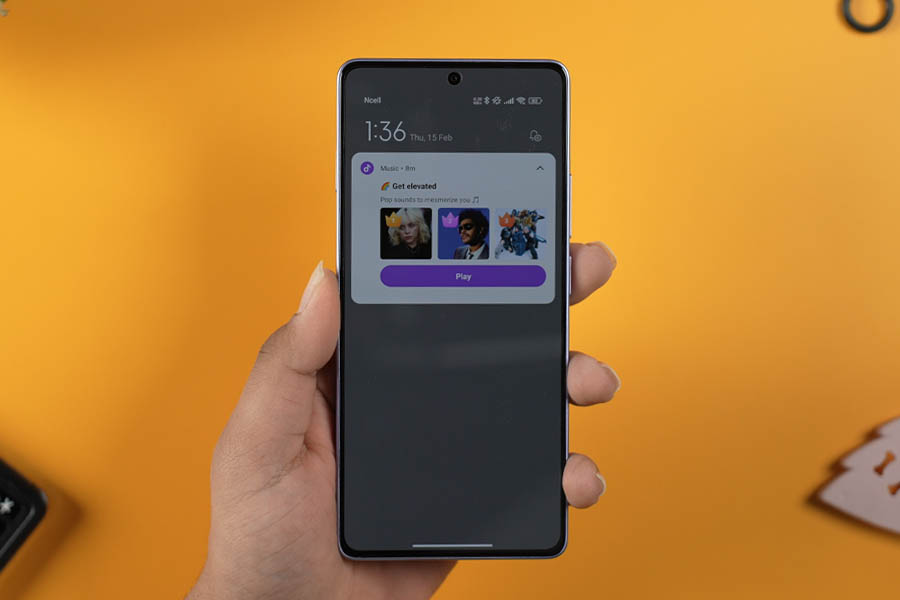
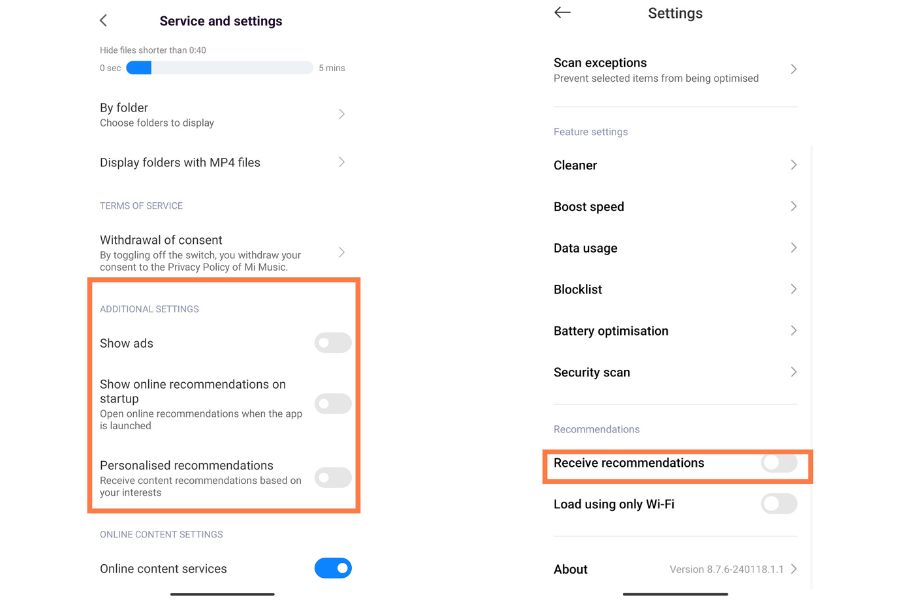
Camera
Anyways, let's head towards the cameras. On paper, Redmi has upgraded the main camera with a 200MP Samsung ISOCELL HP3 sensor. Last year you only got a 50MP shooter. Meanwhile, you also get an 8MP ultrawide unit, a 2MP macro, and a 16MP selfie snapper.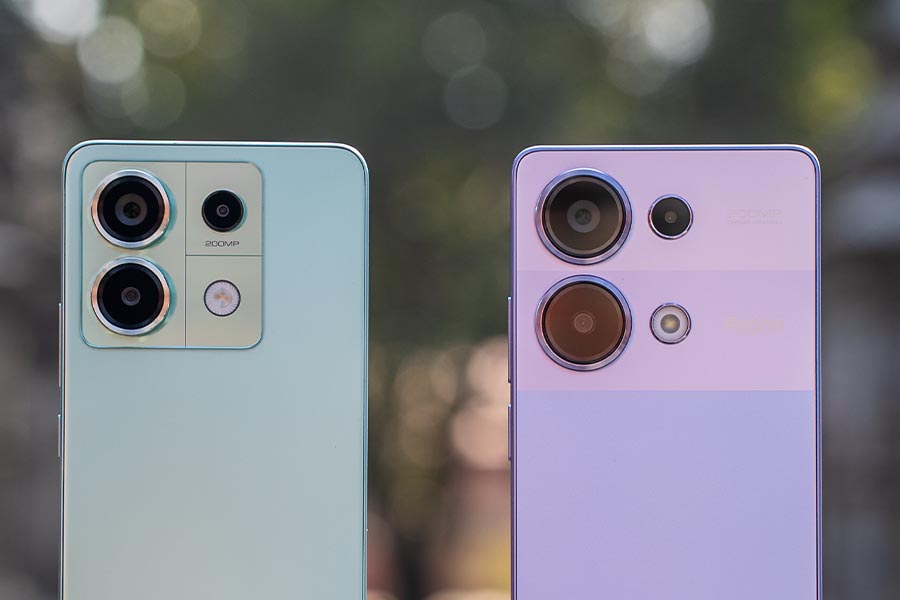
Daylight
4X Zoom
Portraits
Coming to the portraits, the story of the color tones remains the same — 4G has a red tone, and 5G has a yellow tone. Actually, the skin tone on both the photos goes through beautification.Lowlight
Selfie
Videography
Lastly, in terms of videos, the Redmi Note 13 Pro 4G caps out at 1080p@60FPS due to the limitation of the Helio G99. In the meantime, you get an option for 4K@30FPS on the Pro 5G, with better details. Even when comparing the 1080p, the 5G one looks better with superior stabilization. But, it's not like the video on the Pro 4G is bad or anything. Hopefully, it'll receive improvements through updates.
Battery
Moving on, the 5,000mAh battery on this phone offers a day's worth of backup on moderate usage without breaking a sweat. And the 67W fast charger, you get in the box juices up the phone from 0 to 100 in around 50 minutes, which is quite impressive.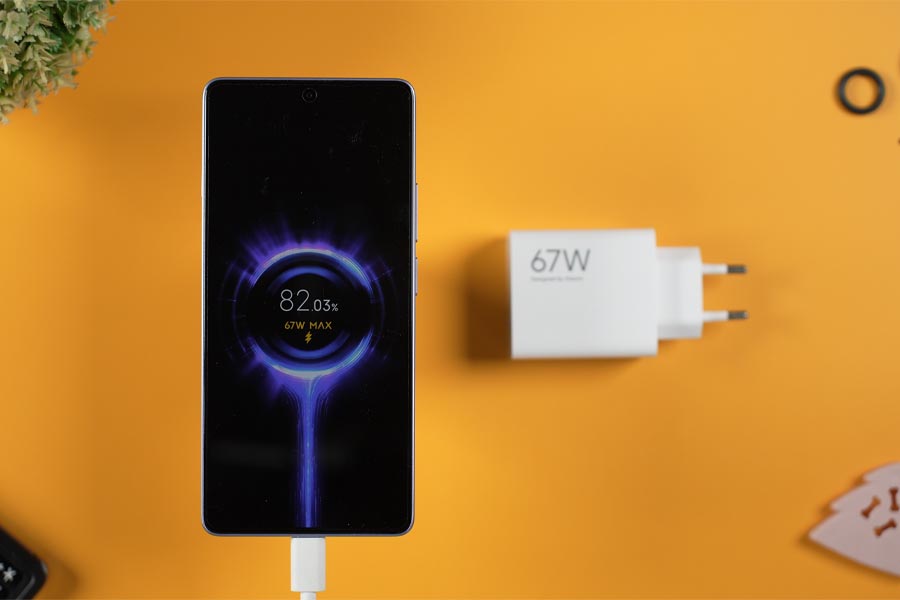
Redmi Note 13 Pro 4G Review: Conclusion
Now, let’s conclude this review of the Redmi Note 13 Pro 4G. Overall, this phone comes out as a balanced midrange phone with a good display, average camera, and "okayish" day-to-day performance from the Helio G99 for the price of NPR 35,000. But it doesn't bring any substantial upgrade from its predecessor, the Note 12 Pro 5G.
Redmi Note 13 Pro 4G Pros and Cons
Pros:
- Good display with minimal bezels
- 67W fast charging
- Decent dual stereo speaker setup
- Big on storage
Cons:
- Performance could have been better
- Average main camera
- No HyperOS, still boots on MIUI 14 Android 13





